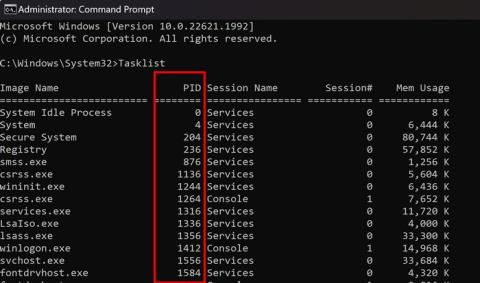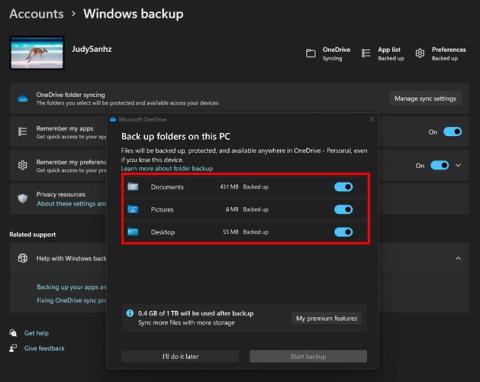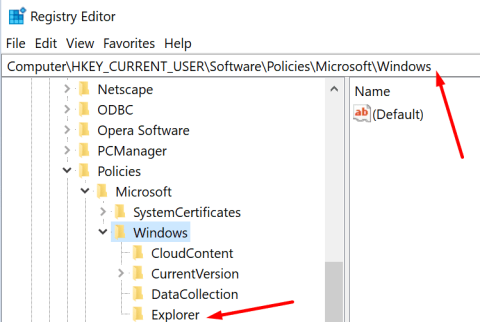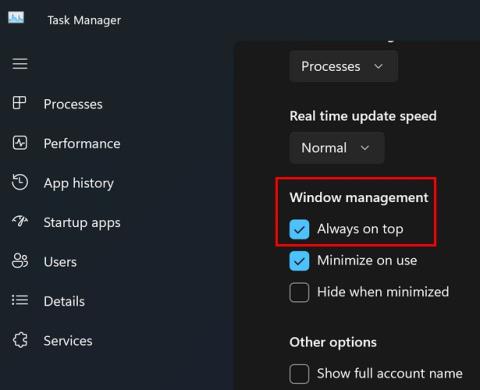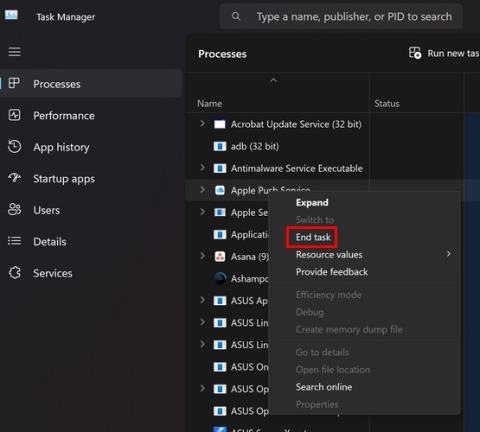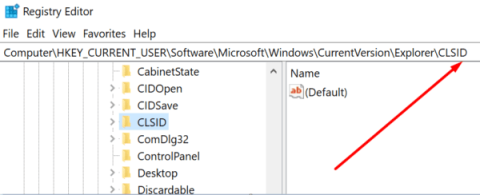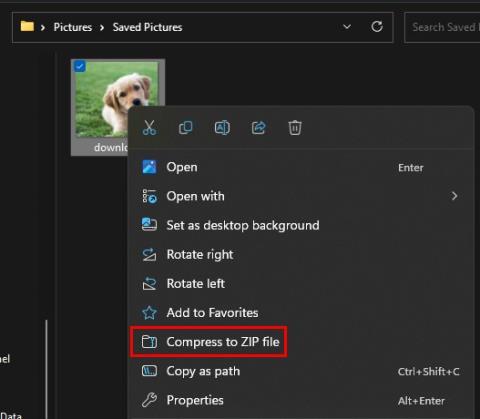Windows 11 lanzouse recentemente e, a pesar da controversia sobre os requisitos do sistema, parece que Microsoft facilitou as cousas para todos. Agora podes ignorar facilmente os requisitos de Windows 11 con algúns cambios sinxelos dependendo da túa configuración e compoñentes actuais. Use os seguintes métodos para ignorar os requisitos de Windows 11 no seu sistema.
Contidos
Podes ignorar os requisitos de Windows 11?
Si, pode ignorar os requisitos de Windows 11 dependendo das funcións dispoñibles na súa configuración actual. O que é máis sorprendente sobre isto é que a propia Microsoft suxeriu unha forma sinxela de facelo. Si, non é broma! Vexa Podes usar un hack de rexistro, modificar a ISO ou crear un USB de arranque para instalar Windows 11 no teu sistema. Siga unha das guías relevantes a continuación dependendo das súas preferencias.
Podes instalar Windows 11 en hardware ou CPU non compatibles?
Si e si. Usando os trucos que se indican a continuación, pode ignorar as comprobacións de TPM, arranque seguro, RAM, etc. para instalar Windows 11 en calquera PC que non sexa apto para Windows 11.
Con todo, unha nota de advertencia. A instalación de Windows 11 en sistemas non compatibles pode afectar (moi) mal o rendemento do sistema. Consulte as preguntas frecuentes a continuación para obter información sobre isto e a seguridade dos hacks de the4se.
Relacionado: Engade WinRAR ao menú contextual de Windows 11
3 xeitos de evitar os requisitos de Windows 11:
Se tes TPM 1.2 ou Secure Boot dispoñible no teu sistema, poderás saír cun corte de rexistro e unha ISO modificada. Non obstante, se perden os requisitos duros de polo menos TPM 1.2 e Secure Boot, terás que crear un USB de inicio ou usar o hack de rexistro no teu ambiente de recuperación. Nestes casos, tamén podes escapar modificando a túa instalación actual de Windows. Siga unha das seguintes guías dependendo das súas necesidades actuais.
Método # 01: Usando o bypass do rexistro (por Microsoft)
Hai dúas opcións dispoñibles para vostede baixo este método que usa o máis sinxelo dos hacks de rexistro, tamén compartidos pola propia Microsoft. Use a opción 1 se desexa editar o seu rexistro manualmente. Se queres usar facer os cambios automaticamente usando un script de rexistro, podes usar a Opción 2 no seu lugar.
Opción 1: fai os cambios no rexistro manualmente
Preme Windows + R no teu teclado, escribe regedit e despois preme Intro no teu teclado para abrir o Editor do Rexistro.

Navega ata o seguinte camiño. Tamén pode copiar e pegar o enderezo a continuación na súa barra de enderezos na parte superior.
HKEY_LOCAL_MACHINE\SYSTEM\Setup\MoSetup
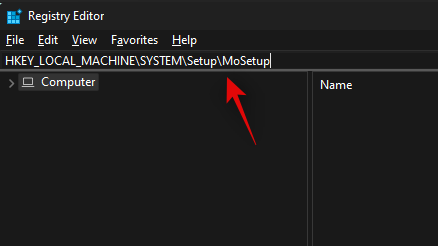
Agora fai clic co botón dereito na área baleira á túa dereita e selecciona "Novo".

Seleccione "Valor DWORD (32 bits)".
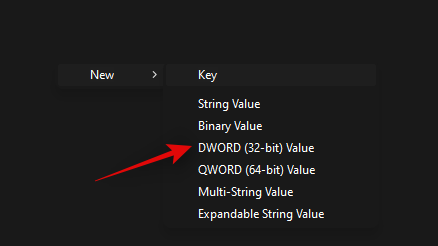
Introduce o seguinte nome para o teu novo valor e preme Intro no teu teclado para confirmar os cambios.
AllowUpgradesWithUnsupportedTPMOrCPU
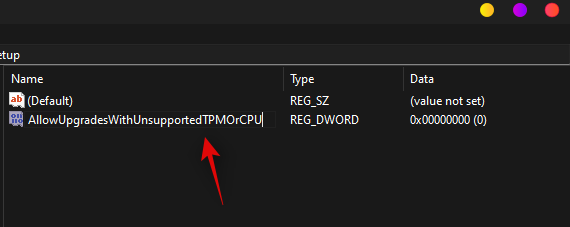
Fai dobre clic no valor recentemente creado e introduce "1" como datos do teu valor.

Fai clic en "Aceptar" para gardar os teus cambios.
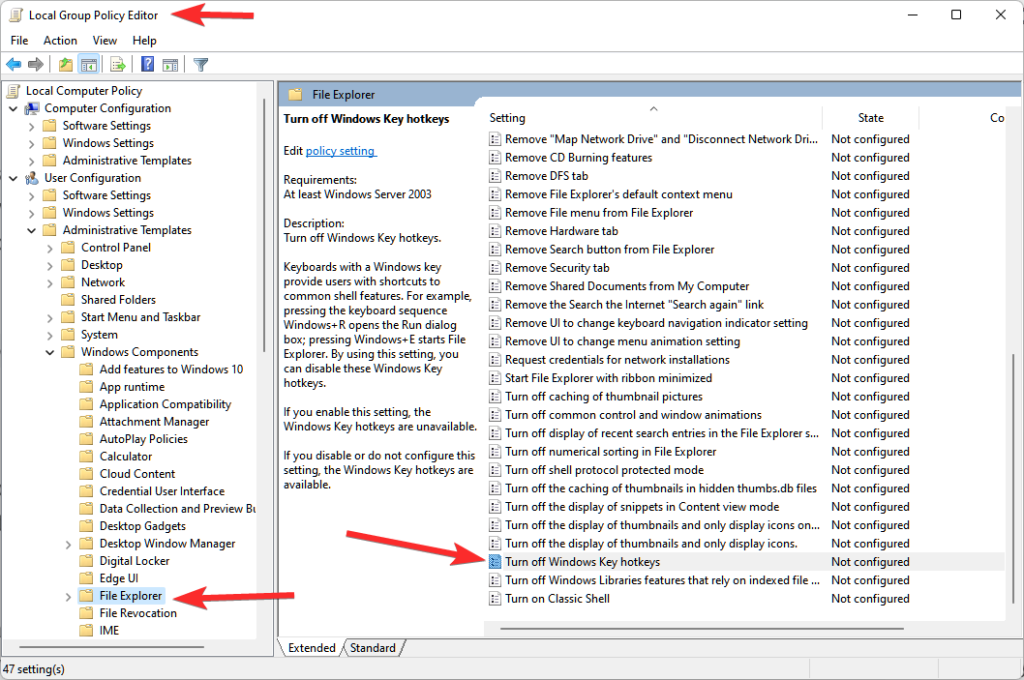
Agora podes instalar Windows 11 no teu sistema e xa non deberías estar restrinxido durante a configuración.
Opción 2: use un script para facer cambios no rexistro automaticamente
Se queres editar os valores do teu rexistro automaticamente, podes usar o ficheiro que aparece a continuación.
Descarga o ficheiro no teu PC e executa o ficheiro "DisableTPMcheck".
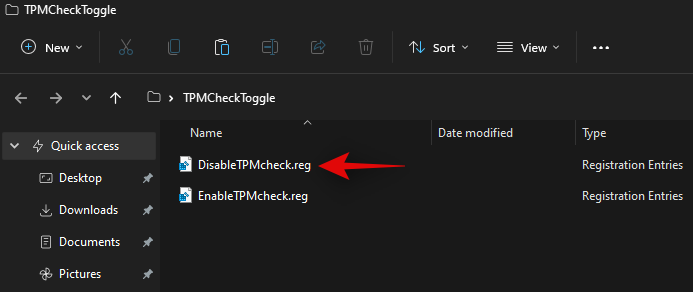
Fai clic en "Si" para confirmar os teus cambios.
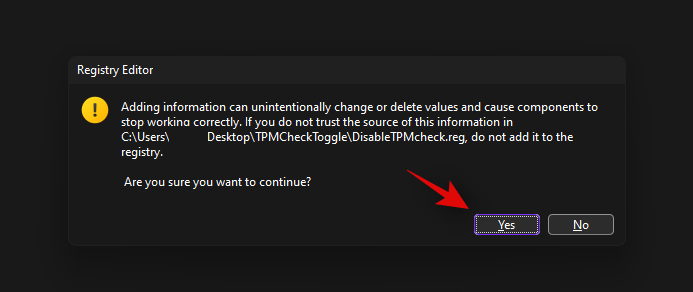
Agora podes instalar Windows 11 no teu PC e xa non deberías estar restrinxido debido aos requisitos de TPM. Se algunha vez queres revertir os teus cambios, simplemente executa o ficheiro "EnableTPMcheck" no arquivo .zip ligado arriba.
Seguinte paso: actualice a Windows 11
Agora podes actualizar facilmente a Windows 11 sen preocuparte pola comprobación de TPM. Podes instalar Windows 11 usando calquera dos dous métodos que se indican a continuación:
Método #02: Elimina appraiserres.dll da ISO
Paso 1: cree un ficheiro ISO modificado sen o ficheiro appraiserres.dll
Descarga e instala Anyburn no teu PC usando a seguinte ligazón.
Unha vez instalada, inicie a aplicación e seleccione "Editar ficheiro de imaxe".
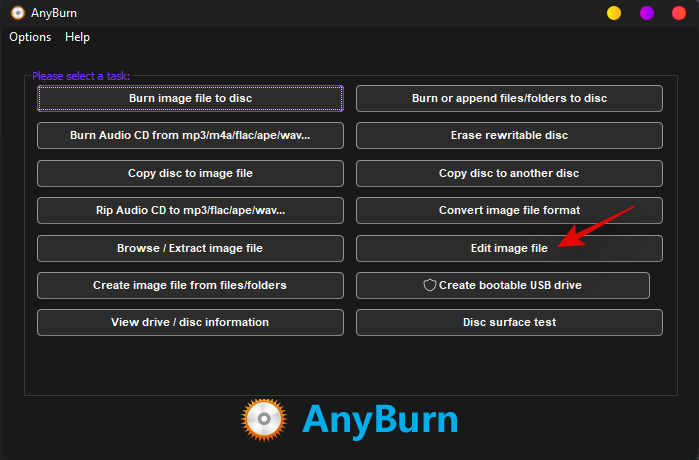
Agora fai clic na icona "Carpeta" e selecciona a ISO de Windows 11 do teu almacenamento local.
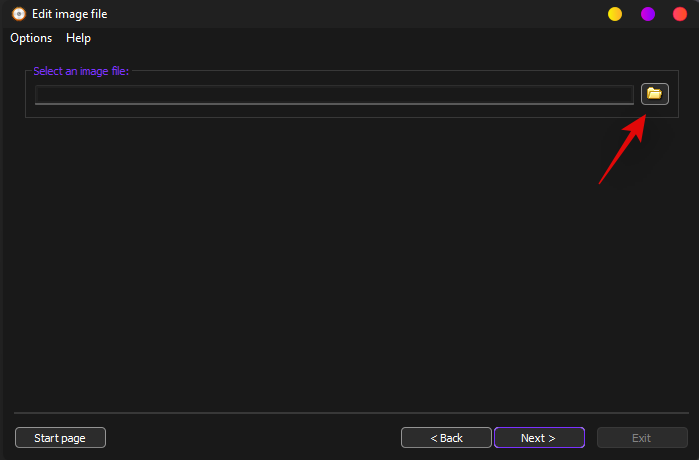
Fai clic en 'Seguinte'.
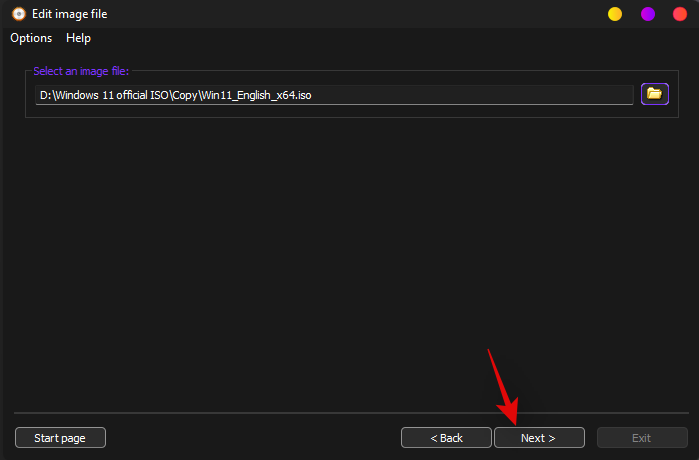
A imaxe abrirase agora nunha xanela do explorador de ficheiros. Fai clic en "Fontes" á túa esquerda.
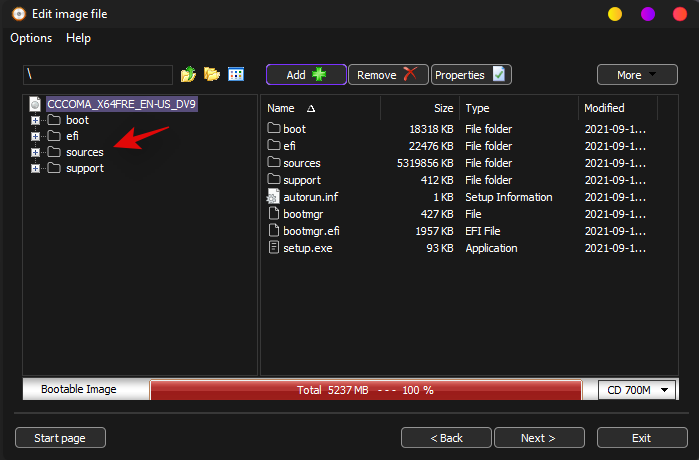
Locate ‘appraiserrs.dll’ on your right. Click and select the file.
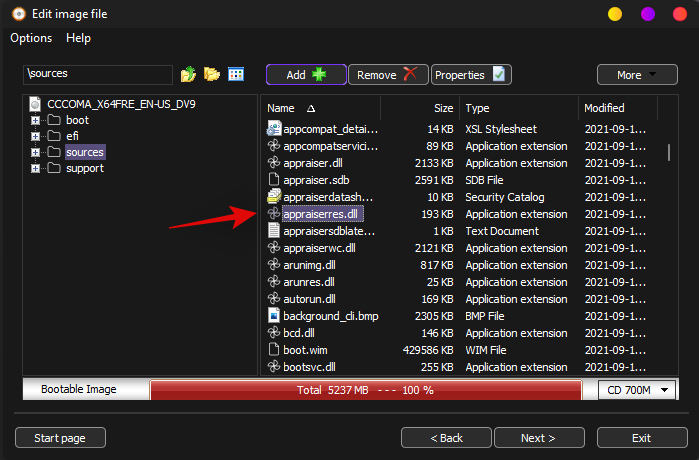
Now click on ‘Remove’ at the top.
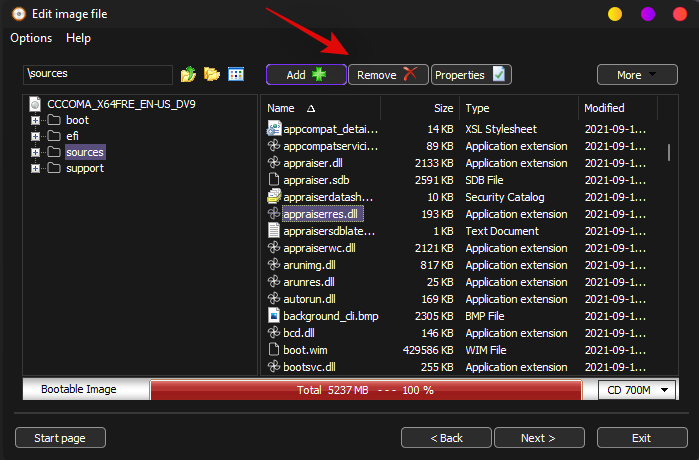
Click on ‘Yes’ to confirm your choice now.
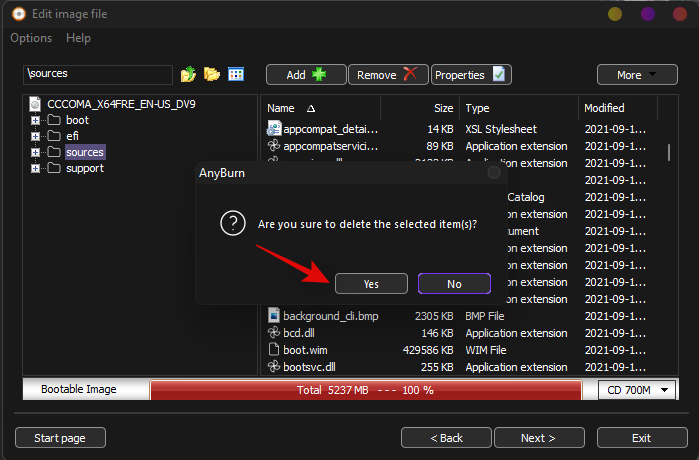
Now click on ‘Next’.
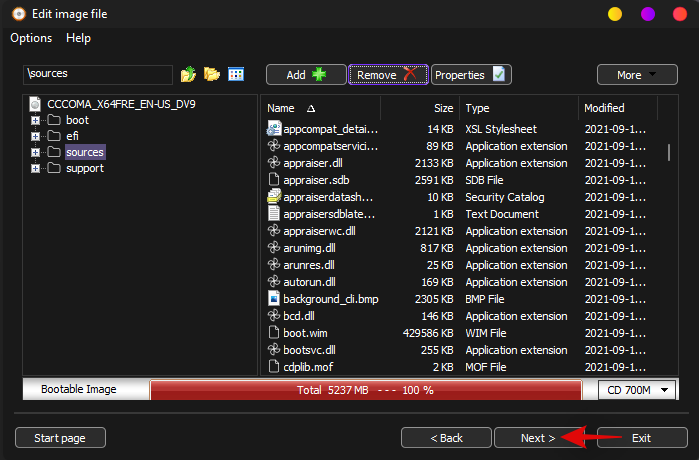
Enter a new name for your new ISO. This will allow you to save the modified in the same location on your local storage.
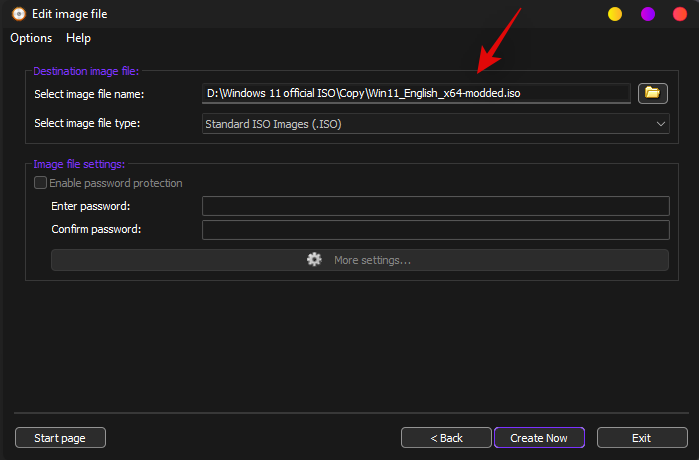
Do not make any changes to the ISO configuration and click on ‘Create Now’.
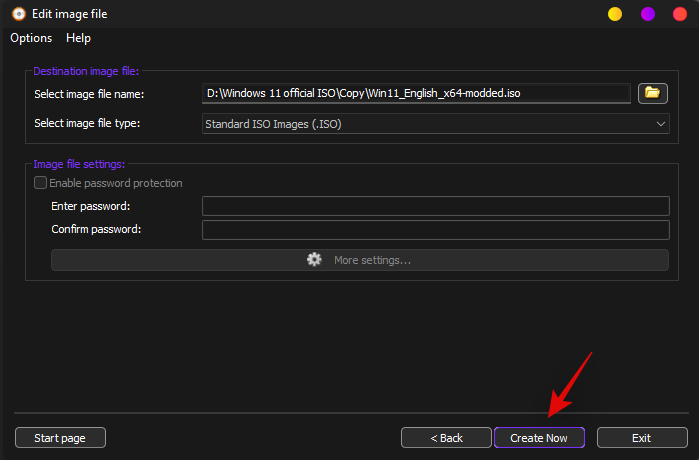
The process will now begin and you can track the progress for the same at the bottom of your screen.
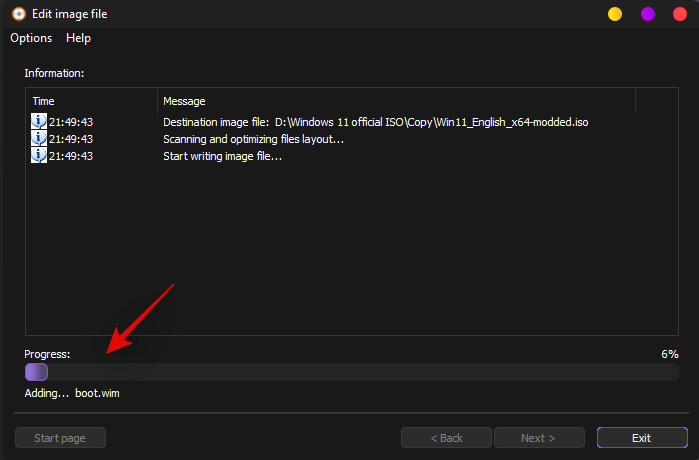
Click on ‘Exit’ once you are done.
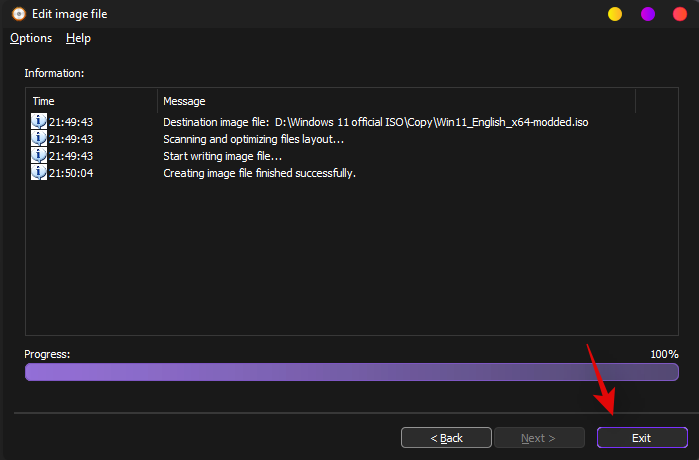
Anyburn will automatically exit and close itself. You can now use the modified ISO and upgrade to Windows 11 using one of the methods below.
Step 2: Upgrade to Windows 11
You can upgrade to Windows 11 by either using the ISO to directly upgrade from your current installation of Windows or use the ISO to create a bootable USB if you wish to format your drives. You can use this comprehensive guide from us to upgrade using either of the methods depending on your preferences.
Method #03: Use Rufus to create a Bootable USB drive that bypasses TPM and Secure Boot
Download the Windows 11 ISO file from Microsoft from here.

Plugin a USB pen drive into your PC.
You need the beta version of Rufus that is given above for this as the stable version lacks this feature (as of October 12, 2021).
Download the latest version of Rufus from the above link.
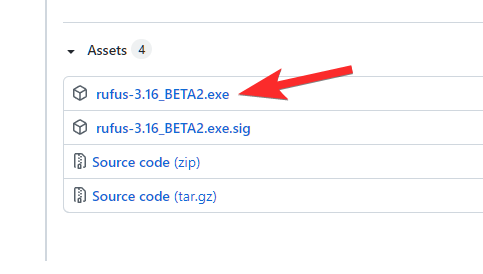
With the file — Rufus-3.16_BETA2 — saved on your disk, double-click on it to run Rufus. (Grant admin access when it asks for it in a pop-up.)

You will see Rufus version Rufus_3.16.1833_(Beta) in the title bar.
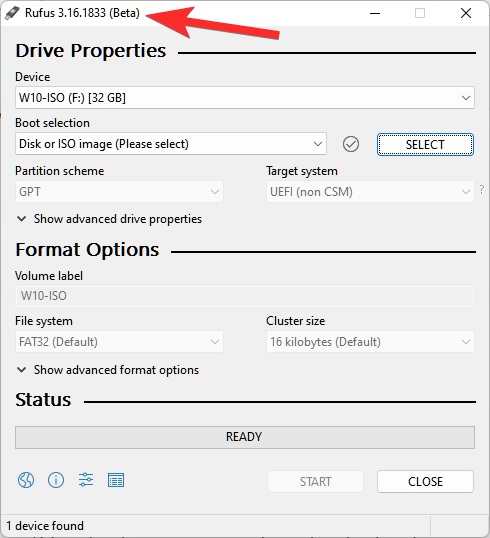
Rufus will detect your USB device automatically. If you have more than one external storage device connected, you can select your USB device from the first drop-down menu.
Now, click SELECT under Boot selection to select the Windows 11 ISO file.
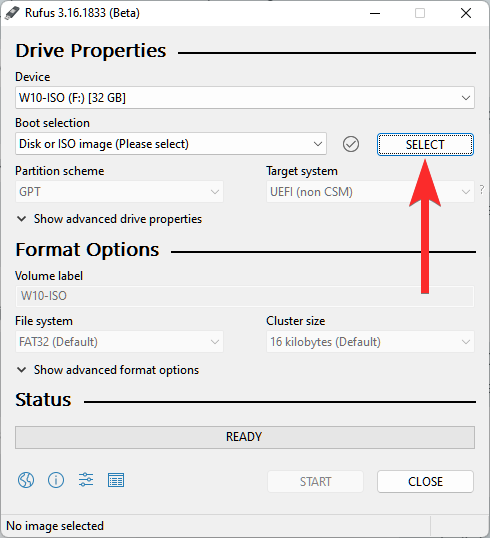
Browse for the downloaded Windows 11 ISO and click Open.
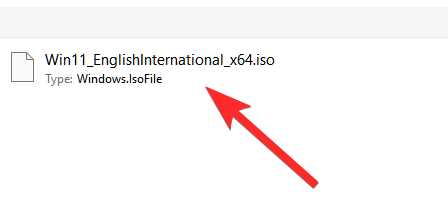
Once the ISO file is loaded, Rufus will configure the rest of the options automatically.
Now, the most important and unique part of this guide. Click the dropdown under the Image option to select the “Extended Windows 11 Installation (no TPM/no Secure 800t/8G8- RAM)” option. Yes, change from Standard installation to Extended installation.
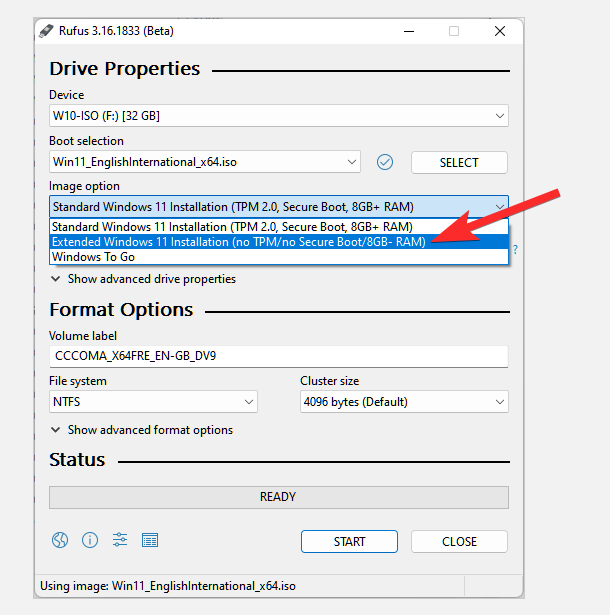
Now, make sure that the Partition scheme is set to GPT and the Target system is set to UEFI (non-CSM).
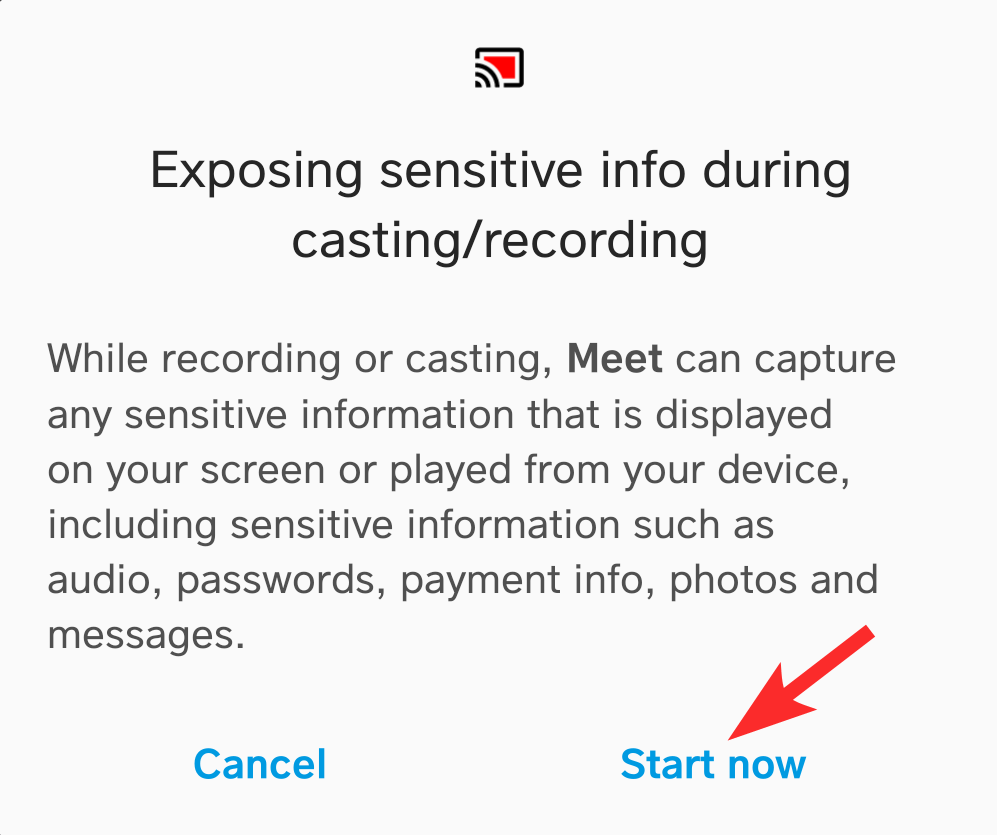
[Optional] Change the label of your Pen Drive under “Volume label” if you wish to.
Now, we are ready to create a bootable USB drive that will have the checks for TPM, Secure Boot, and RAM disabled. When ready, click Start.
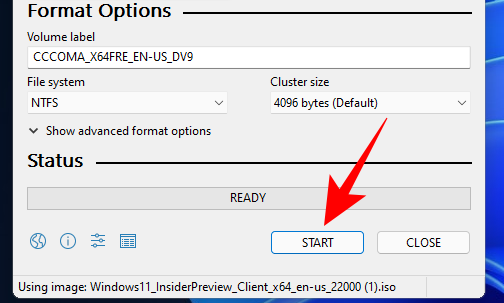
When prompted, click Yes.
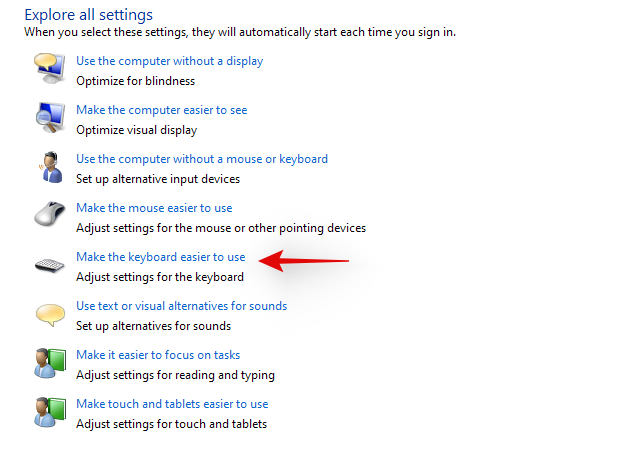
The process will take some time. Once it’s done, you will see the “Ready” status message turn green.
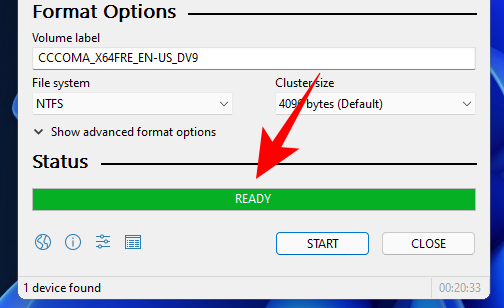
You have now created a Windows 11 bootable USB device.
FAQs
Now that you’re trying to bypass Windows 11 requirements, you’re bound to have some questions. Here are some of the most asked ones that should help you get up and running on Windows 11.
Which is the best method for me?
If you have TPM 1.2 and Secure Boot then you can simply use the Registry hack on your system. If you’re missing either then you can try deleting the .dll file or using Rufus to create a USB. For now, it seems that there is a hard requirement for TPM 1.2 but it seems you can bypass it in some cases when using a USB. Each system is unique and your best bet is to try a relevant method and see what works for you.
Is it safe to edit Registry or edit the ISO?
Yes, it’s safe to edit your Registry or ISO as long as you follow the exact instructions above. Editing an ISO at most can break its functionality, so having a backup can save you from almost any change to the file. Registry change on the other hand can adversely affect your system hence you shouldn’t play around with them. If you have all the information about the registry key, registry value, and value data then you can attempt an edit to your registry on your own. Additionally, it’s recommended that you download and use registry files only from trusted sources as unknown ones could compromise your privacy.
Disadvantages of bypassing Windows 11 requirements
You will lose out on the following when bypassing Windows 11 requirements.
- Security Patches
- Security Updates
- Feature Updates
- Online threat protection
It is thus recommended that you have a third-party anti-virus and privacy protection software handy before bypassing the requirements.
How to revert changes to the Registry
If you wish to revert the changes made to the registry then navigate to the path below and delete the key for ‘AllowUpgradesWithUnsupportedTPMOrCPU’.
HKEY_LOCAL_MACHINE\SYSTEM\Setup\MoSetup
You can also use the ‘EnableTPMcheck’ file in the .zip archive linked in the guide above. It will automatically delete all the necessary files and registry values from your system.
How will I get updates in the future?
This is quite unclear for now as very few updates have been released from Microsoft since the Windows 11 stable release. According to official reports, you will need to manually reinstall or upgrade to a newer version of Windows 11 by downloading the ISO in the future. Other updates make it seem that meeting the basic requirements for Secure Boot and TPM 1.2 will allow you to receive feature updates via Windows update but not security patches or updates to Windows Defender. This all is yet to be confirmed, but it seems that it will be a bit difficult to get updates in the future, however, we expect third-party utilities that help with the same to crop up soon.
How to ensure proper security and privacy?
You can ensure proper security and privacy on your system by opting for third-party protection software. We recommend you have at least the following utilities installed on your system after upgrading to Windows 11 by bypassing its requirements.
- Use a third party anti-virus
- Use third party ransomware, malware, and adware protection
- Use a third-party firewall manager/utility.
- Disable Remote access on your PC
- Maintain discretion when visiting questionable websites and web pages.
We hope this post helped you bypass Windows 11 requirements on your PC easily. If you have any more questions or face any issues, feel free to reach out to us using the comments section below.
Related:

































